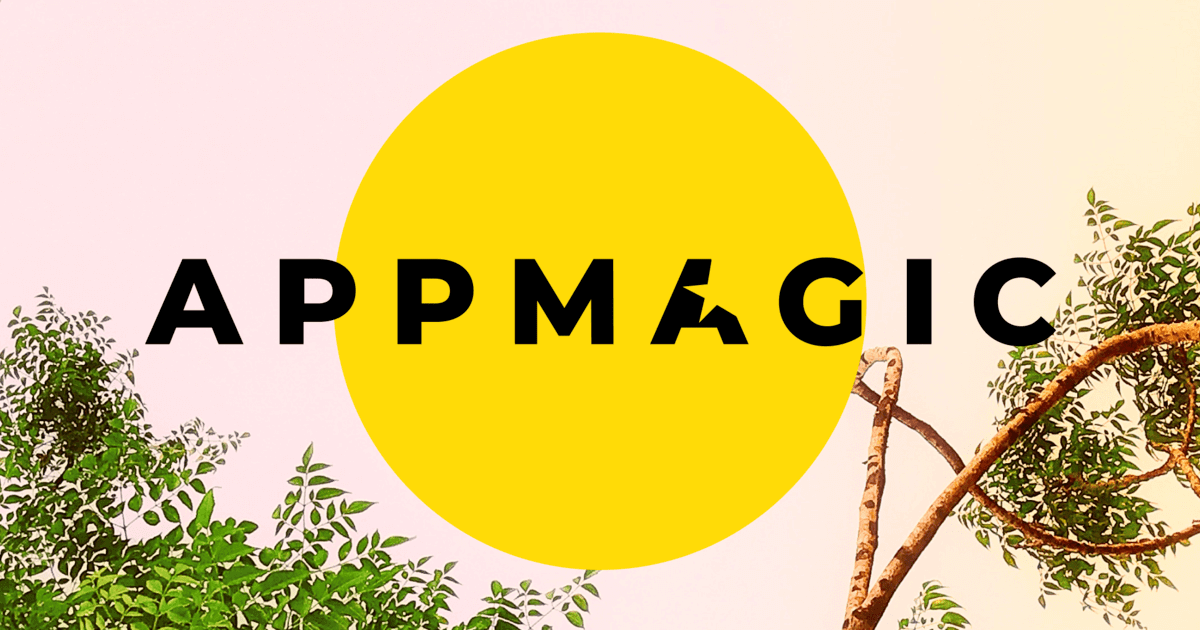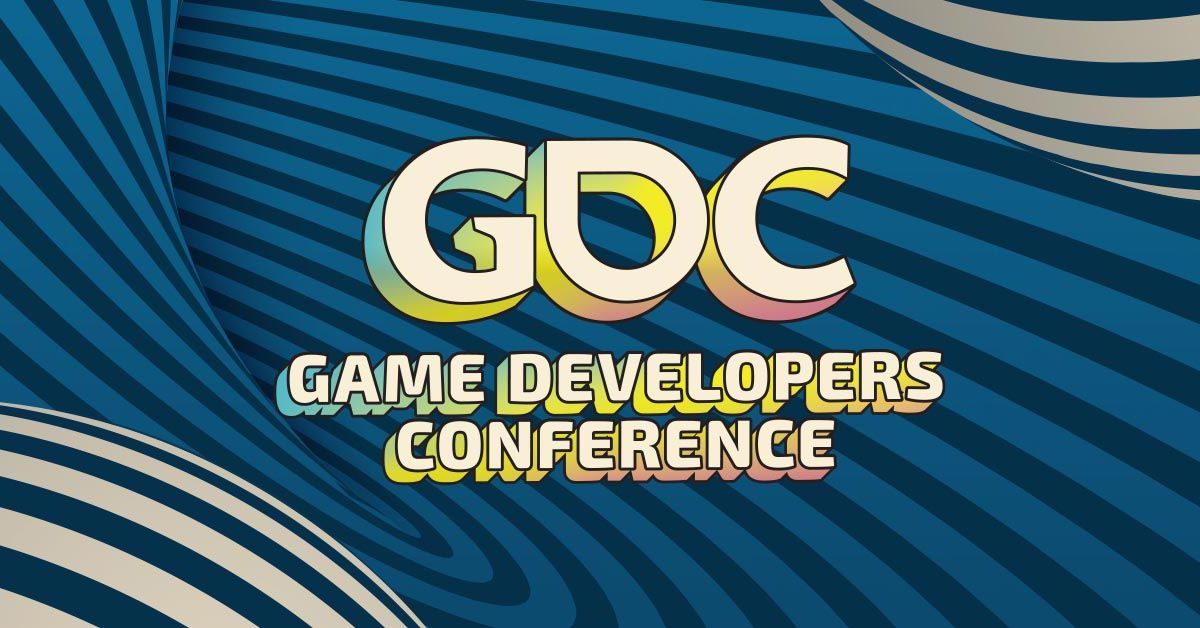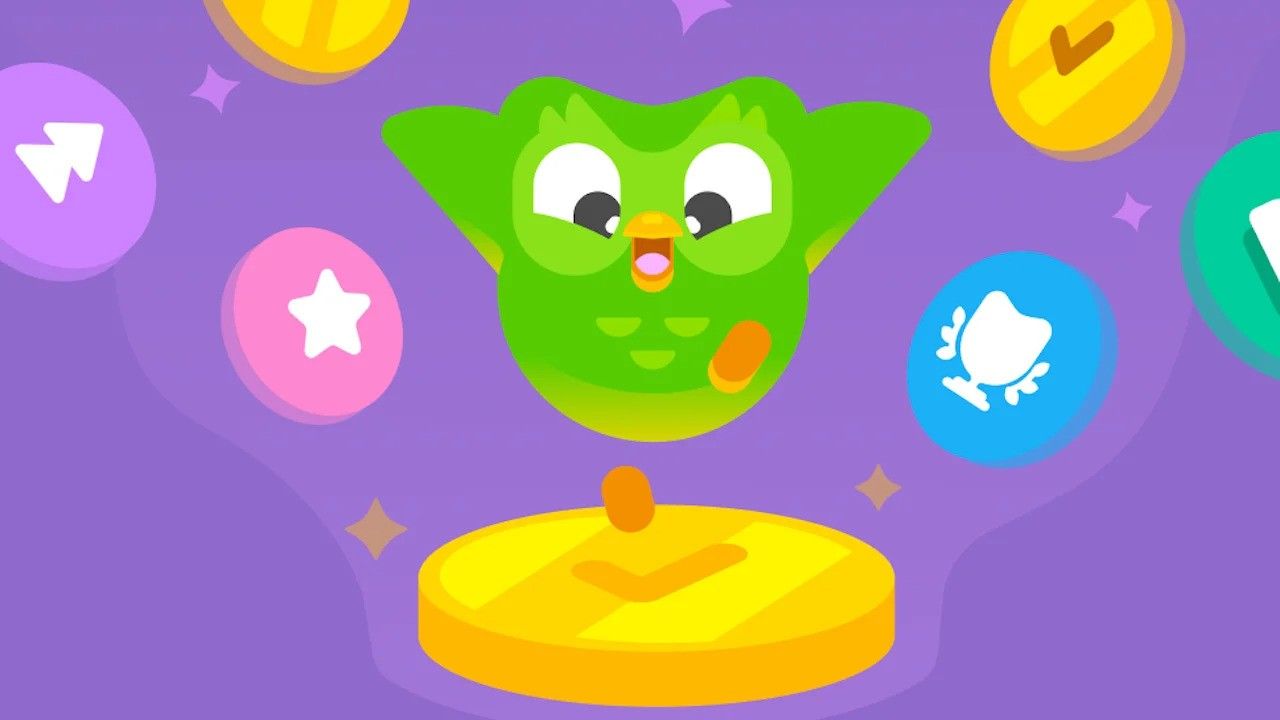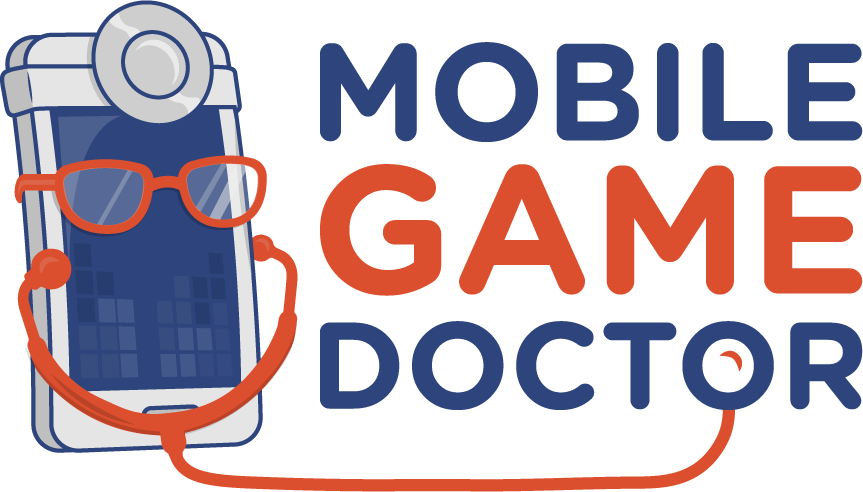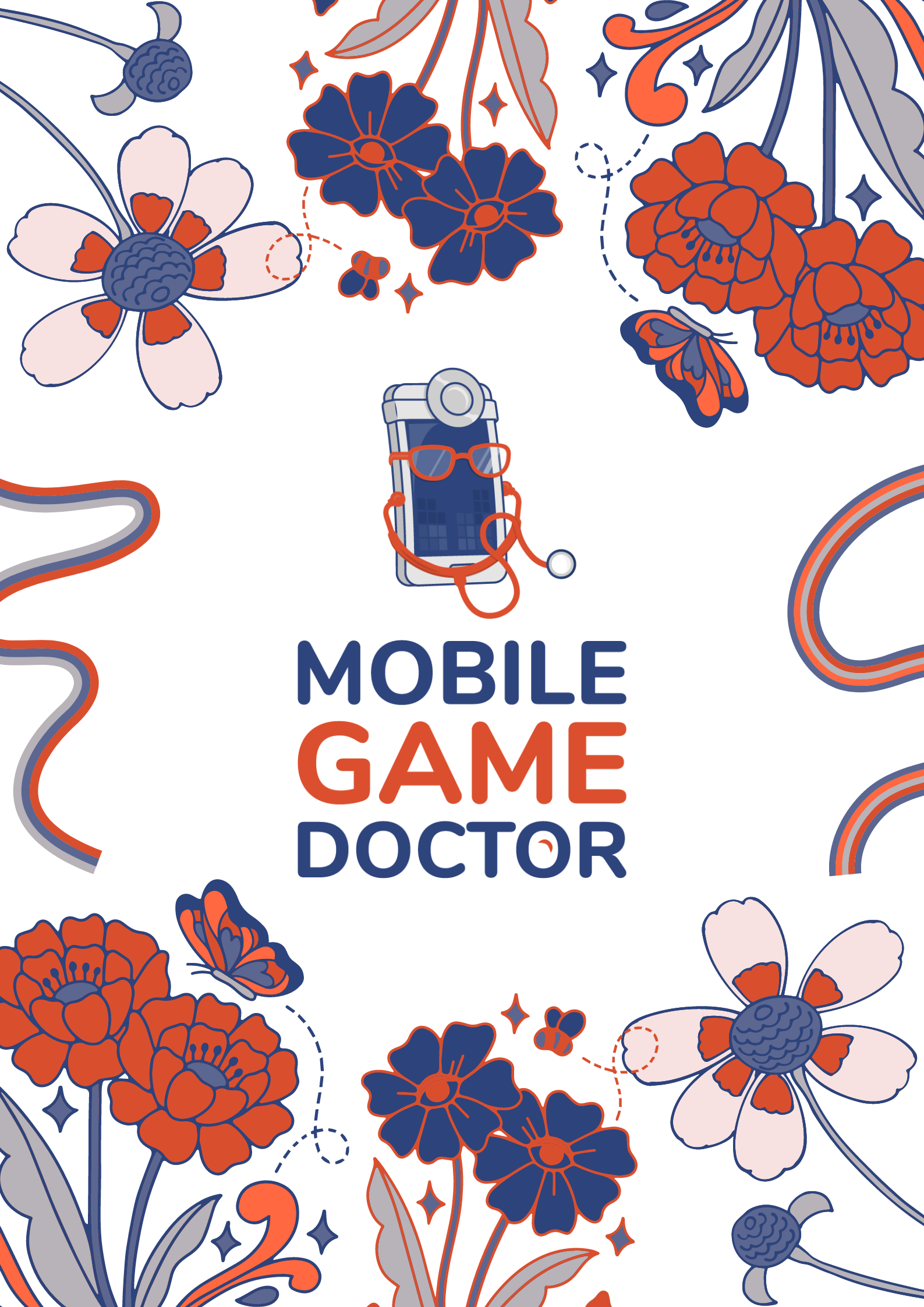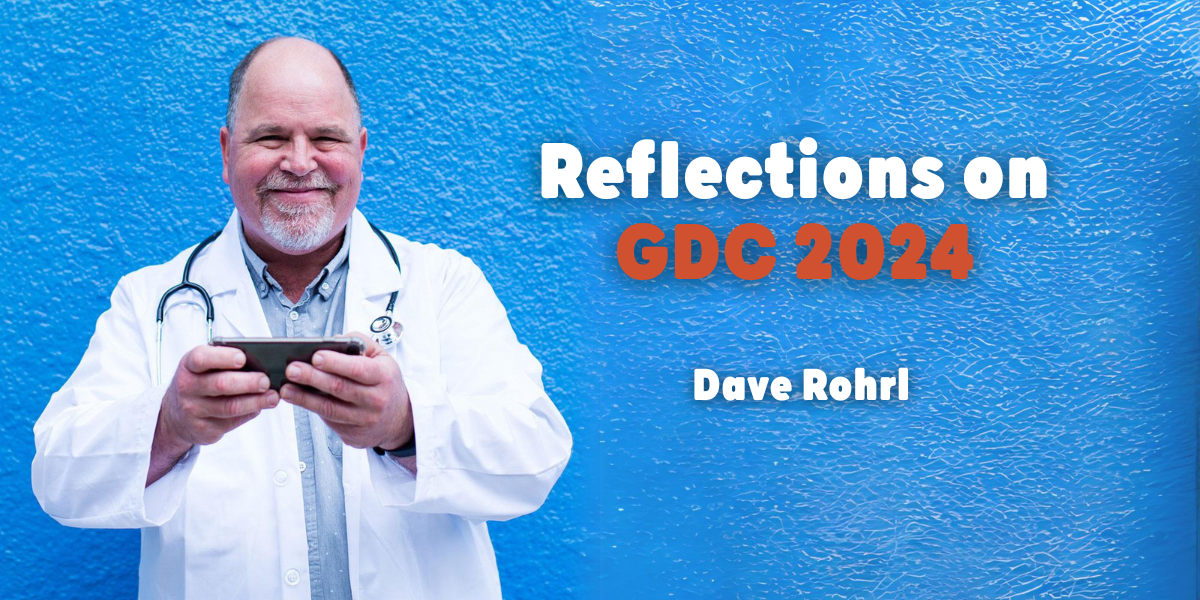As a game design consultant, I work with a wide variety of developers on a huge range of projects. I deal with large companies and small, casual games and hardcore, and designers ranging from utter newbies to industry vets. I’ve designed and/or produced more than 50 games hands-on, and helped out on dozens more as a manager or consultant.
This wealth of experience has helped me to notice some patterns that separate successful teams – those that execute their projects fairly cleanly and at good quality levels – from those that don’t. Often, as game designers, we fail due to circumstances entirely outside of our control – like a lack of resources, changes in the market, or internal issues with our studios’ business. But at least as often we fail due to things that are completely under our control like the lack of a clear vision, ignoring clear market signals, under-analysis of our own designs, or an inability to communicate our vision.
In my experience, the most of the self-inflicted wounds that designers suffer are highly preventable and tend to come from a singular source – failure to ask the right questions at the right times to lead designers to clarity. Once the creative goals of the game are laid out explicitly, it becomes easy to explain the vision and core selling points, easy to parse and prioritize features, and easy to formulate a reasonable hypothesis about whether there may be an audience for the game. Most of the worst games (and the vast majority of the most miserable projects) are a direct result of a turbulent, muddled vision that keeps the entire team running in circles trying to achieve something unclear.
How do designers wind up in this situation? There are two main ways: First, many games are developed under intense time pressure. Games are a hard, hard business. Many companies run on thin margins and those that don’t tend to need to please investors (whether public or private) by getting games out as quickly as possible. This kind of pressure often means that designers don’t take the time to ask key questions at the beginning of a project.
Second, as anyone who has built a game can tell you, there are a million details to get right even in the smallest and simplest of games. Somebody has to figure out the price of the +2 Sword of Smiting, and somebody has to decide whether those particles are moving too quickly, and somebody has to figure out why level 7 is just no damn fun. At times it’s easy to get lost in this sea of details and lose track of the big picture.
Luckily, there are some remedies. Over the course of my career, I’ve built up a bag of tricks that I use to help give myself and my clients the kind of high-level clarity that is easy to understand, easy to express, and easy to use as a guiding light for figuring out the details of a game’s design. Some of these are tools that I’ve created and others are tools that I learned from other great designers over the years. But all of them have great utility when applied properly.
Over the next few weeks, we’ll take a good look at tools like The Four Questions, The Five Fun Factors, X Statement, Audience Identification, Noun-Verb Diagrams, and Time Plans. I’ll be diving deep on each of these individual tools – showing you the relevant templates and giving you a crash course on how, when, and why to apply them. I hope you’ll find them useful and interesting, and that you’ll take the time to apply them on current and future projects. You’ll be glad you did.


